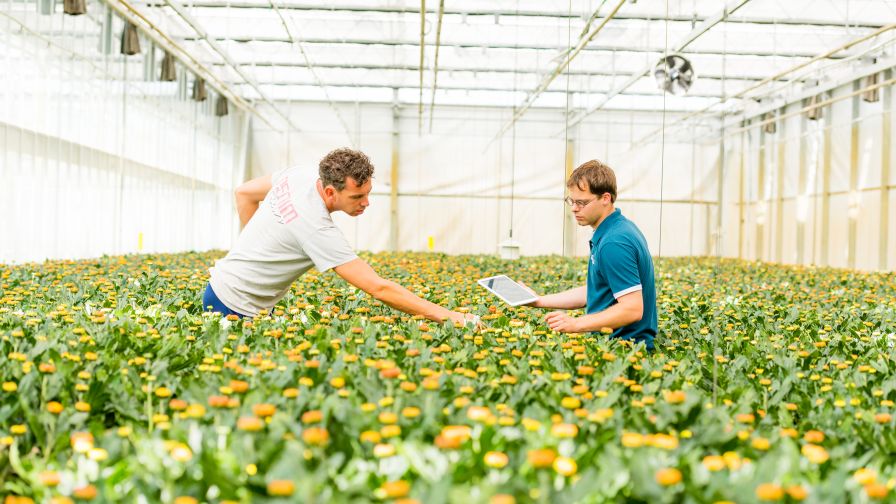Ways Horticulture Provides Solutions to the Country’s Biggest Challenges
Two of the biggest issues facing the U.S. right now, labor shortages and the environment, are getting major, tech-centered solutions from the agriculture world.
“We’re just right at the cusp of some really interesting innovations as we begin to implement artificial intelligence and advanced sensors into the machines themselves,” says Curt Blades, Senior Vice President of Ag Services at the Association of Equipment Manufacturers (AEM), a North America-based international trade group representing off-road equipment manufacturers and suppliers. “Whether that’s a machine that identifies weeds and treats them specifically or identifies pests and deals with them on the fly, we’re on the forefront of some really great horticulture technology that farmers will begin to see in their fields within the next year or two.”
With continued development of artificial intelligence and machine learning, sensor technologies, digital miniaturization, and increased electrification in the tech space, more and more of those technologies are finding their way to the field and the greenhouse. That is allowing farmers to tackle some of the environmental challenges the world is facing.
Some of the environmental advantage comes from GPS technologies that drive a tractor or combine more accurately, meaning the work gets done more quickly and the engine gets turned off sooner. Precision application technologies can significantly reduce the amount of fertilizers and pesticides applied to crops by directing them only to the plants they are intended for, and not other plants or the bare ground in between rows.
“It makes sense for a farmer financially, but it also has a societal gain as there are fewer inputs involved,” Blades explained. “And that’s ultimately very good for the environment as well as the farmer.”
The other challenge facing America, and farmers especially, is the tight labor market. While labor shortages may be relatively new to the American economy at large, a combination of political and economic pressures have made this a challenge for farmers for more than two decades. The most impacted segment of the ag economy? Specialty crops.
“Specialty crop is a pretty broad term, but it encompasses a number of things, including fruits and vegetables,” says Austin Gellings, Manager of Ag Services at AEM, who focuses on specialty crop issues. “You’ve got trees, flowers, and even aquaculture, so when we talk about specialty crops it’s a very broad term.”
While specialty crop is a very broad term, they frequently share one main commonality: Human labor.
“The reason there hasn’t been much mechanization in this market is because specialty crops are delicate. What you ultimately harvest is what the consumer ends up buying and seeing in the store, and most people don’t want to buy damaged produce,” Gellings says. “With specialty crops, you have to be delicate in the way you handle it, making mechanization more difficult.”
However, as the number of farm hands willing to maintain, handle, and harvest produce continues to dwindle, the need for machines that can handle these delicate crops and get them out of the field and into the grocery store is growing significantly. There is also an environmental benefit here as well, as more mechanization for specialty crops mean fewer tons of produce are left to rot in fields.
“It’s very labor-intensive now. But one machine can do, on a per-hour basis, what 20 people are capable of doing,” Gellings says. “So being mechanized not only allows you to do more, to produce more, it also helps eliminate food waste in the fields because we’re able to get food out of there when it needs to get out of there.”
“It’s amazing, the amount of technology that’s built into a tractor, combine, sprayer, or into a seeder,” Blades said. “Some of the most high-tech, data-intensive applications in technology today are happening in agriculture, and I encourage everyone to take a look because it’s really exciting to see what the future holds for this industry.”








